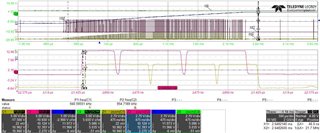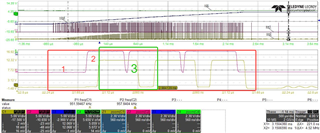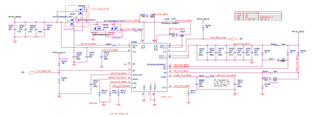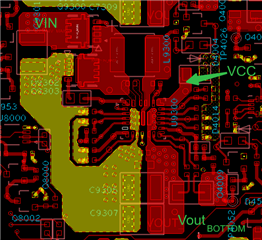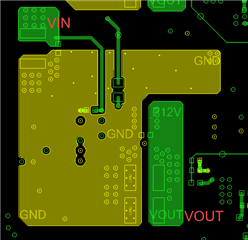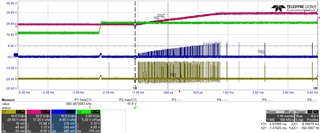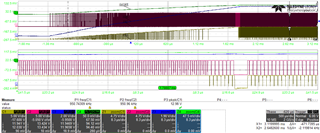Other Parts Discussed in Thread: TPS552882, TPS55288
hello,
TPS552882-Q1 Why is it always buck first and then boost in buck-Boost mode?
In theory, when VIN<VOUT, should be boost first, then buck; When VIN>VOUT, it should be buck first and then boost.
Waveform as follows:
The waveform at 9.8V
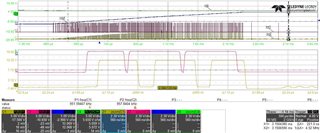
The waveform at 13V
